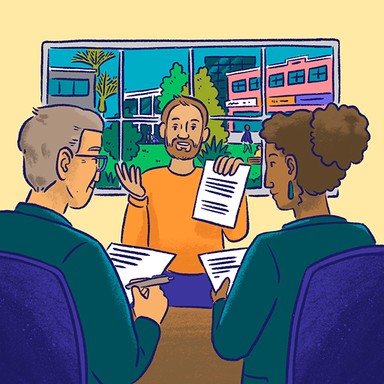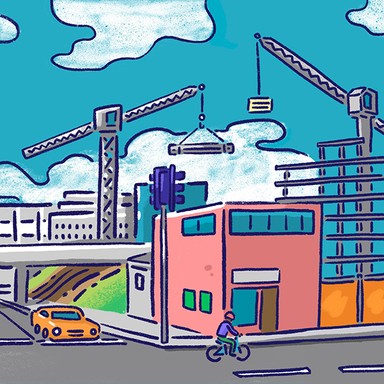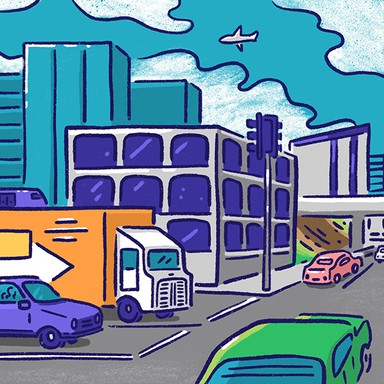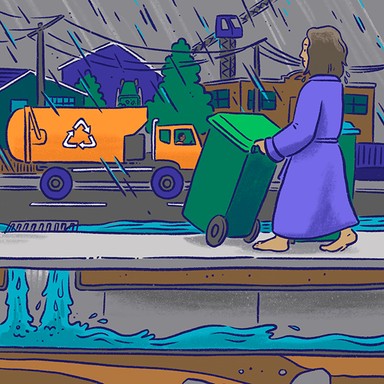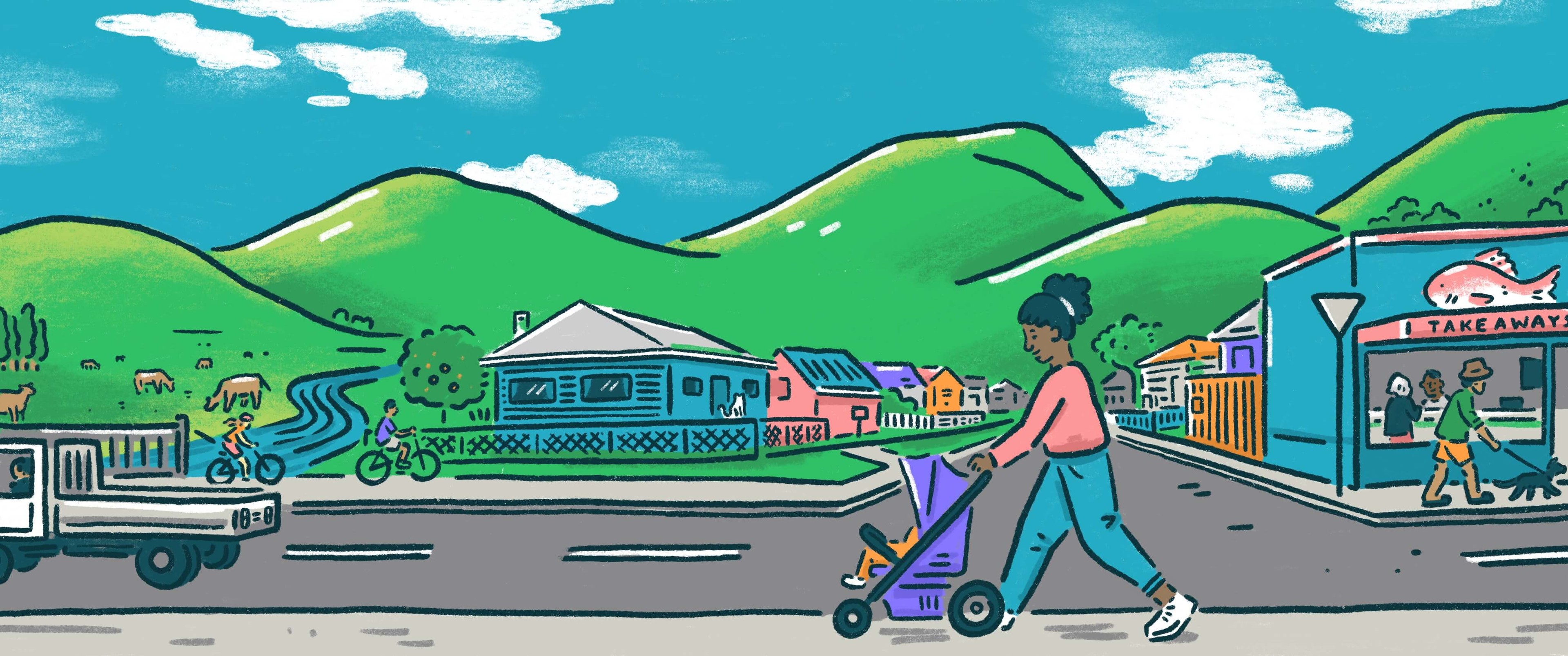
Thames-Coromandel District Council
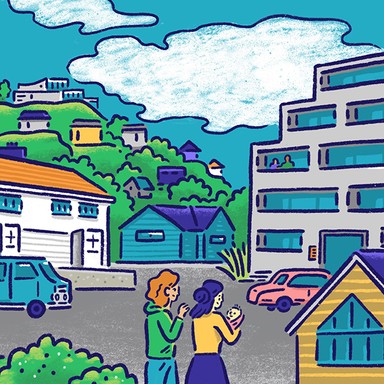
Housing and planning
Local councils are responsible for land use planning under the Resource Management Act, which affects where and how new houses are constructed, as well as the design of cities and towns. In some areas, councils also provide housing to those who need it most.

Housing and planning
Local councils are responsible for land use planning under the Resource Management Act, which affects where and how new houses are constructed, as well as the design of cities and towns. In some areas, councils also provide housing to those who need it most.
Create a positive environment where implementation of individual specialised knowledge is discussed and coordinated for the benefit of all.
Combine the abundant, existing resources available, by and through the coordination of everyone, for the greater good of all the community.
Creating a viable, sustainable workable platform, based upon common sense and experience, to install a system eliminating senseless rules.
Implementing the Thames-Coromandel District Council spatial plan ASAP to allow rapid consenting of green field housing development.
Enable and encourage development of the Kopu precinct.
Council lead conference on homelessness and housing to establish an effective sustainable policy and vision to enable, timely workable plans.
Complete the Thames Spatial Planning process to identify and kick-start housing development to address our shortage crisis.
Encourage inner city buildings to grow our housing stock upwards, showing political will for apartments and a direction for planning staff.
Facilitate a forum for agencies and businesses with an interest in helping our vulnerable street people in whichever way is appropriate.
See whether some higher-density low-rise housing may be suitable for some of our residents who are struggling to find and afford housing.
Establish a task force with Thames-Coromandel District Council and other agencies and groups to tackle the issue of our vulnerable street folk in Thames.
Continue with the work on the Thames Spatial Plan to enable housing development in the wider Thames area.
Complete the Thames Spatial Plan and ensure services are well located, built form and civic spaces are future proofed, via structure plans.
Develop wise Resource Management Act (RMA) related plans, that protect key heritage values, like retention of buildings and facades in locations like Thames Village.
Support agency collaboration regarding housing shortages and homelessness, and "healthy housing" compliance.
Create a positive environment where implementation of individual specialised knowledge is discussed and coordinated for the benefit of all.
Combine the abundant, existing resources available, by and through the coordination of everyone, for the greater good of all the community.
Creating a viable, sustainable workable platform, based upon common sense and experience, to install a system eliminating senseless rules.
Implementing the Thames-Coromandel District Council spatial plan ASAP to allow rapid consenting of green field housing development.
Enable and encourage development of the Kopu precinct.
Council lead conference on homelessness and housing to establish an effective sustainable policy and vision to enable, timely workable plans.
Complete the Thames Spatial Planning process to identify and kick-start housing development to address our shortage crisis.
Encourage inner city buildings to grow our housing stock upwards, showing political will for apartments and a direction for planning staff.
Facilitate a forum for agencies and businesses with an interest in helping our vulnerable street people in whichever way is appropriate.
See whether some higher-density low-rise housing may be suitable for some of our residents who are struggling to find and afford housing.
Establish a task force with Thames-Coromandel District Council and other agencies and groups to tackle the issue of our vulnerable street folk in Thames.
Continue with the work on the Thames Spatial Plan to enable housing development in the wider Thames area.
Complete the Thames Spatial Plan and ensure services are well located, built form and civic spaces are future proofed, via structure plans.
Develop wise Resource Management Act (RMA) related plans, that protect key heritage values, like retention of buildings and facades in locations like Thames Village.
Support agency collaboration regarding housing shortages and homelessness, and "healthy housing" compliance.
Mayor
Compare the mayoral candidates in your area
Local council
Compare the candidates for your city or district council
Regional council
Compare the candidates for your regional council
Local board
Compare the candidates for your local or community board



